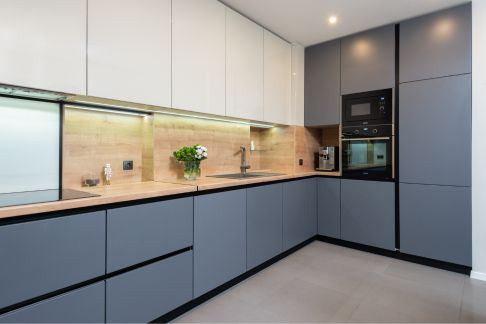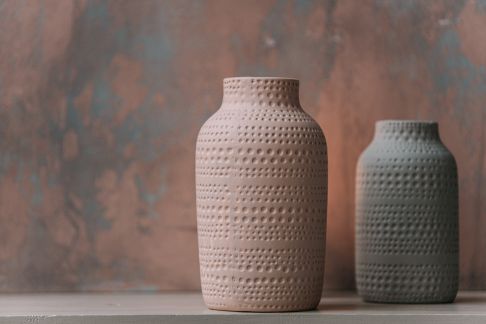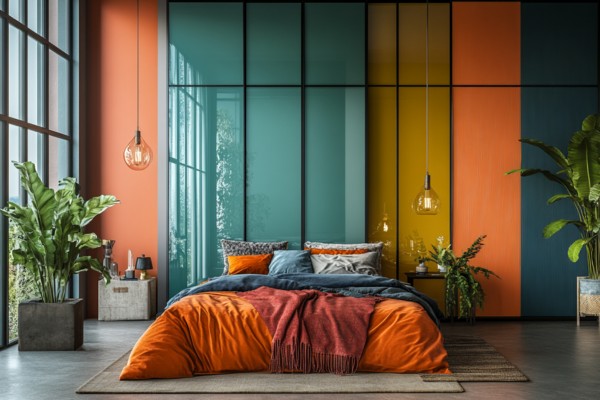In the evolving world of architecture, the right window system can make or break a design. uPVC (Unplasticized Polyvinyl Chloride) windows have emerged as a popular choice among modern architects due to their blend of performance, aesthetics, and sustainability.
1. Energy Efficiency That Matters
One of the biggest advantages of uPVC windows is their thermal insulation properties. Unlike traditional materials like aluminum, uPVC doesn’t conduct heat. When paired with double or triple-glazed glass, these windows significantly reduce heat loss, keeping interiors cooler in summer and warmer in winter. This contributes to lower energy bills and aligns with green building initiatives.
2. Durability and Low Maintenance
uPVC is inherently resistant to moisture, corrosion, and UV radiation. Unlike wood, it doesn’t rot, warp, or require constant painting. For architects, this means peace of mind—knowing their design will look great for years with minimal upkeep. This durability is especially beneficial for coastal or humid environments.
3. Acoustic Insulation
Modern living demands tranquility, especially in urban settings. uPVC windows offer superior noise reduction, making them ideal for homes near traffic-heavy areas or commercial zones. This benefit adds value to residential and hospitality projects where client comfort is paramount.
4. Design Versatility
Gone are the days of boring white frames. Today’s uPVC windows are available in a variety of colors, finishes (including wood grain textures), and configurations—casement, sliding, tilt & turn, and more. Architects can customize designs without compromising performance.

5. Sustainability and Certifications
uPVC is 100% recyclable and energy-efficient during production. It’s also LEED-compliant, making it a strong contender for green building certifications. With climate consciousness becoming a core concern, uPVC windows tick the sustainability box for forward-thinking architects.
6. Cost-Effective Without Compromise
While uPVC windows offer premium benefits, they are competitively priced, making them accessible for both luxury and budget projects. Over their lifespan, they outperform many alternatives in terms of cost-effectiveness.
Final Thoughts
For architects looking to combine form and function, uPVC windows offer an unbeatable package. They are future-ready, aesthetically pleasing, and meet the rising expectations of clients in residential, commercial, and institutional projects.





